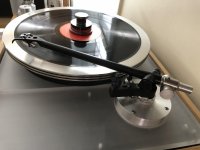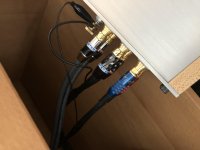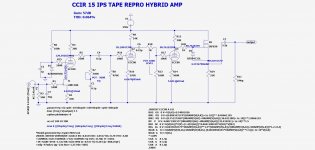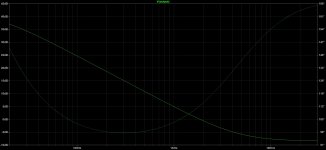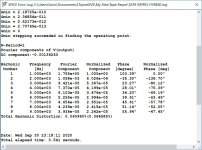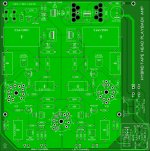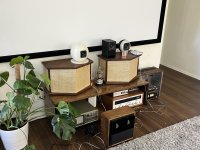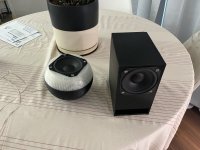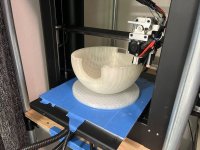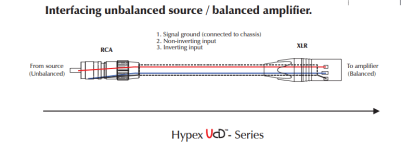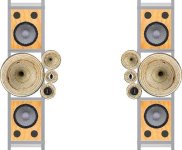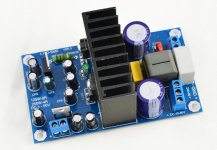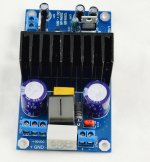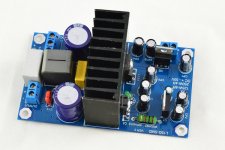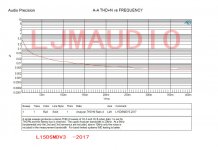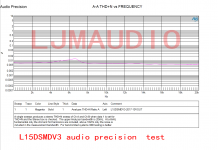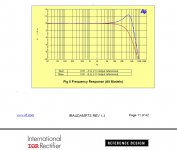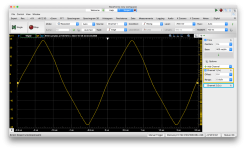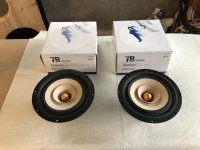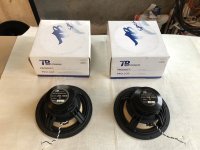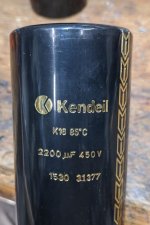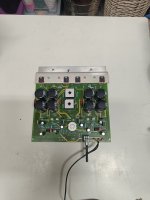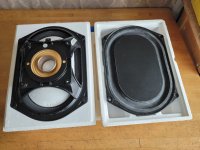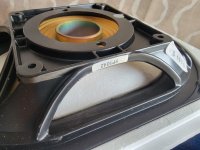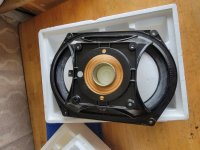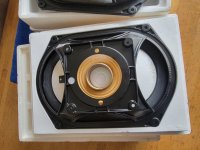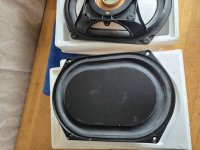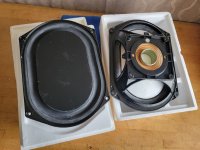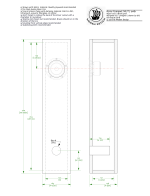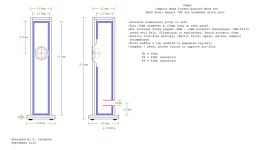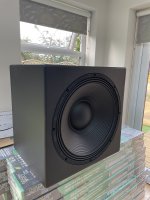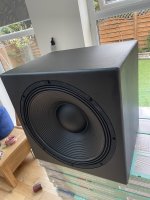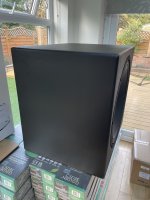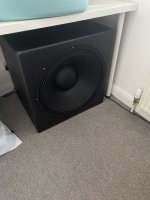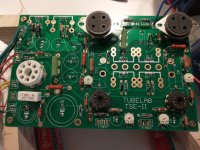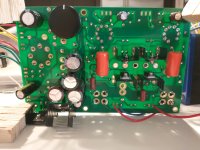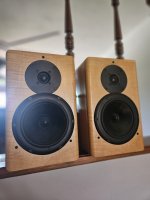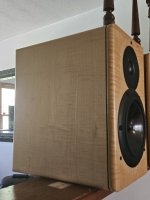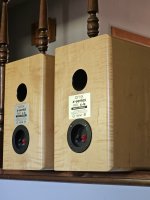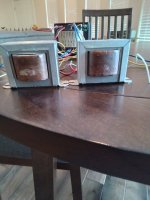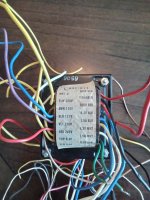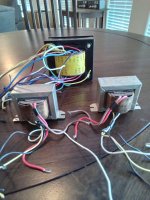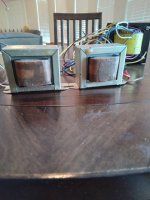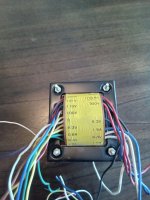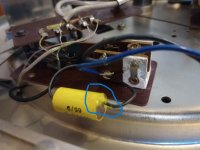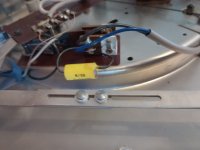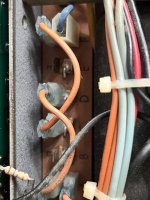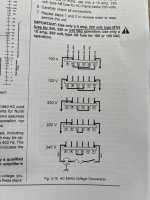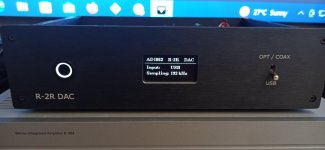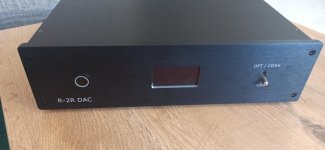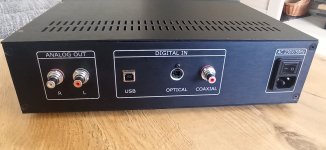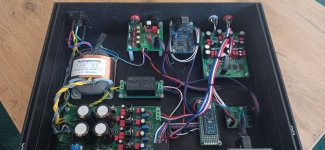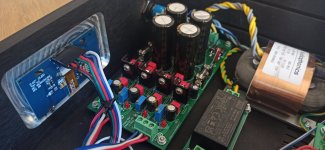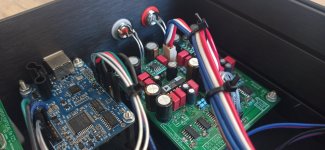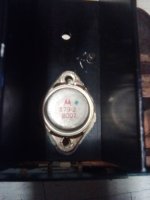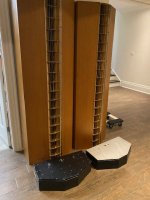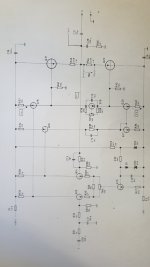Need help with Linn Valhalla repair
- By ericpeters
- Analogue Source
- 62 Replies
I've got a LP12 (somewhere 1985 model) that stopped turning.
All symptoms are similar to the ones as described in this old post (copy form the audio asylum):
Yes, there are two items which experience failures that you can service yourself and fairly easily. Does the led in the switch light up? If so then the following is most likely the problem and it will just leave the motor vibrating or turning verrrry slowly. With the table plugged into the mains VERY CAREFULLY (enough voltage in there to end you listening career) measure the output to the motor between the red and blue wires, it should be between ~85 to 90+vts a/c (as I recall), depending on if you have the zener diode update. The large P/S caps will fail over time, just measure the each of the two them across the board for 160vts, if less they need to be replaced. The other field readily field serviceable failure will require a Valhalla repair kit from Linn which consists of the necessary parts. I don't remember the price. This failure is noted by blown fuses and a related triac and resistor. Hope this helps.
So I followed the instructions to repair it and replaced the capcitors with new ones. But the problem remainded the same.
The voltages were 139VTS with the old capacitors and 140 with the new, os hardly any difference. This was in line with the output voltage on the rectifier which was 280V (SHouldn't that be 311??)
Output voltage on blue connection was 35V/50HZ and on the red 28V/50HZ
I found the schematics of this board and have attached them. I also tried to figure out how it works, but I'm to electronically ignorant to understand this so I was hoping to get some help over here. The schematics say: RV1 to be set to 85V+/- 1V. But when I measure that I only find 6 volts or so so this might indicate what is wrong.
Does anybody have some suggestions how to proceed?
All symptoms are similar to the ones as described in this old post (copy form the audio asylum):
Yes, there are two items which experience failures that you can service yourself and fairly easily. Does the led in the switch light up? If so then the following is most likely the problem and it will just leave the motor vibrating or turning verrrry slowly. With the table plugged into the mains VERY CAREFULLY (enough voltage in there to end you listening career) measure the output to the motor between the red and blue wires, it should be between ~85 to 90+vts a/c (as I recall), depending on if you have the zener diode update. The large P/S caps will fail over time, just measure the each of the two them across the board for 160vts, if less they need to be replaced. The other field readily field serviceable failure will require a Valhalla repair kit from Linn which consists of the necessary parts. I don't remember the price. This failure is noted by blown fuses and a related triac and resistor. Hope this helps.
So I followed the instructions to repair it and replaced the capcitors with new ones. But the problem remainded the same.
The voltages were 139VTS with the old capacitors and 140 with the new, os hardly any difference. This was in line with the output voltage on the rectifier which was 280V (SHouldn't that be 311??)
Output voltage on blue connection was 35V/50HZ and on the red 28V/50HZ
I found the schematics of this board and have attached them. I also tried to figure out how it works, but I'm to electronically ignorant to understand this so I was hoping to get some help over here. The schematics say: RV1 to be set to 85V+/- 1V. But when I measure that I only find 6 volts or so so this might indicate what is wrong.
Does anybody have some suggestions how to proceed?

